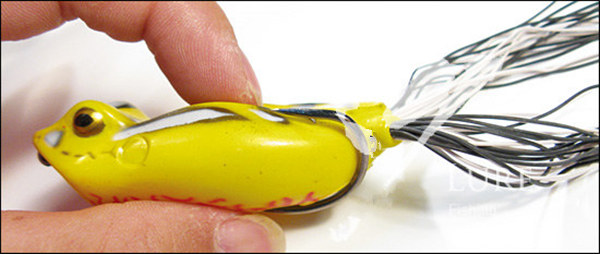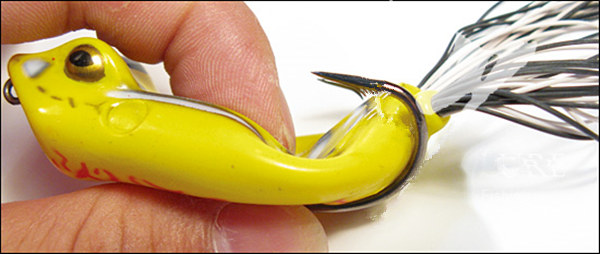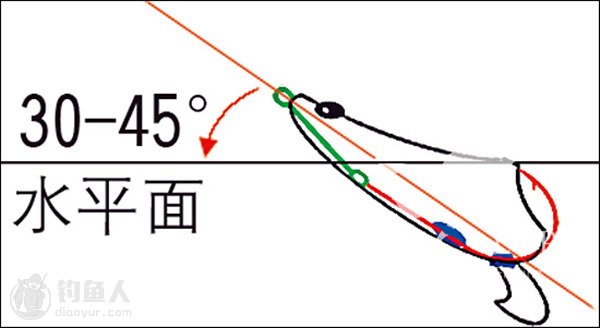The overlord of Catfish in freshwater. When it lurks motionless by its body colour, fish, shrimp, frogs, mice, water birds, and even snakes will instantly become prey in its mouth, and its terrifying sharp teeth will penetrate deeply into the body of a living creature. , Follow the author below to hear his fishing experience
-
Thunder frog is mainly used for fishing catfish
Thunder frogs, usually floating water frogs made of rubber and silicone, specialize in catfish in obstacle areas such as aquatic plants. With proper weights, thunder frogs mostly squat like frogs, and there are also snakeheads and water rats.
Thunder frogs use powerful large double hooks. The back of the frog’s body has a unique structure so that the hook tip is hidden in the bulge or groove of the back of the frog.
Once the catfish bites the thunder frog, the tip of the hook is exposed; the greater the distance the fish hook is exposed, the better the vigorously raising the rod can stab the mouth of the fish.
-
Thunder frog colour selection
Thunder frogs have a variety of colours. In fact, pay attention to choosing yellow, green or white belly. Why? The catfish in the water cannot see the frog’s back from the bottom up. It only pays attention to the colour of the abdomen. The beautiful colour is for people to see!

Thunder Frog
-
Thunder frog size selection
Many fishers are worried that the thunder frog is too big, the catfish dare not bite or can’t bite, so choose a small one, the small catfish can swallow it, and the big catfish is naturally not a problem. In fact, the right size thunder frog is indeed an important factor in the middle fish, but if the thunder frog is small enough to be swallowed in one bite instead of biting into the back, then the hook tip will not be able to pop out, and the chance of the middle hook will inevitably be small! Therefore, the Thunder Frog cannot be too small.

Thunder Frog
-
The counterweight of Thunder Frog
Proper weighting is an important indicator of a good thunder frog. Under normal circumstances, the tail should enter the water, the frog’s head raised, and the elevation angle of 30-45 degrees, which can directly determine the hit rate!

During use, the thunder frog often sinks in the water. At this time, the water inside must be squeezed out before it can be reused. It can also be sealed with glass glue once and for all. However, vent holes must be left on the frog body. Otherwise, the catfish will not bite down, and the hook will not pop out!